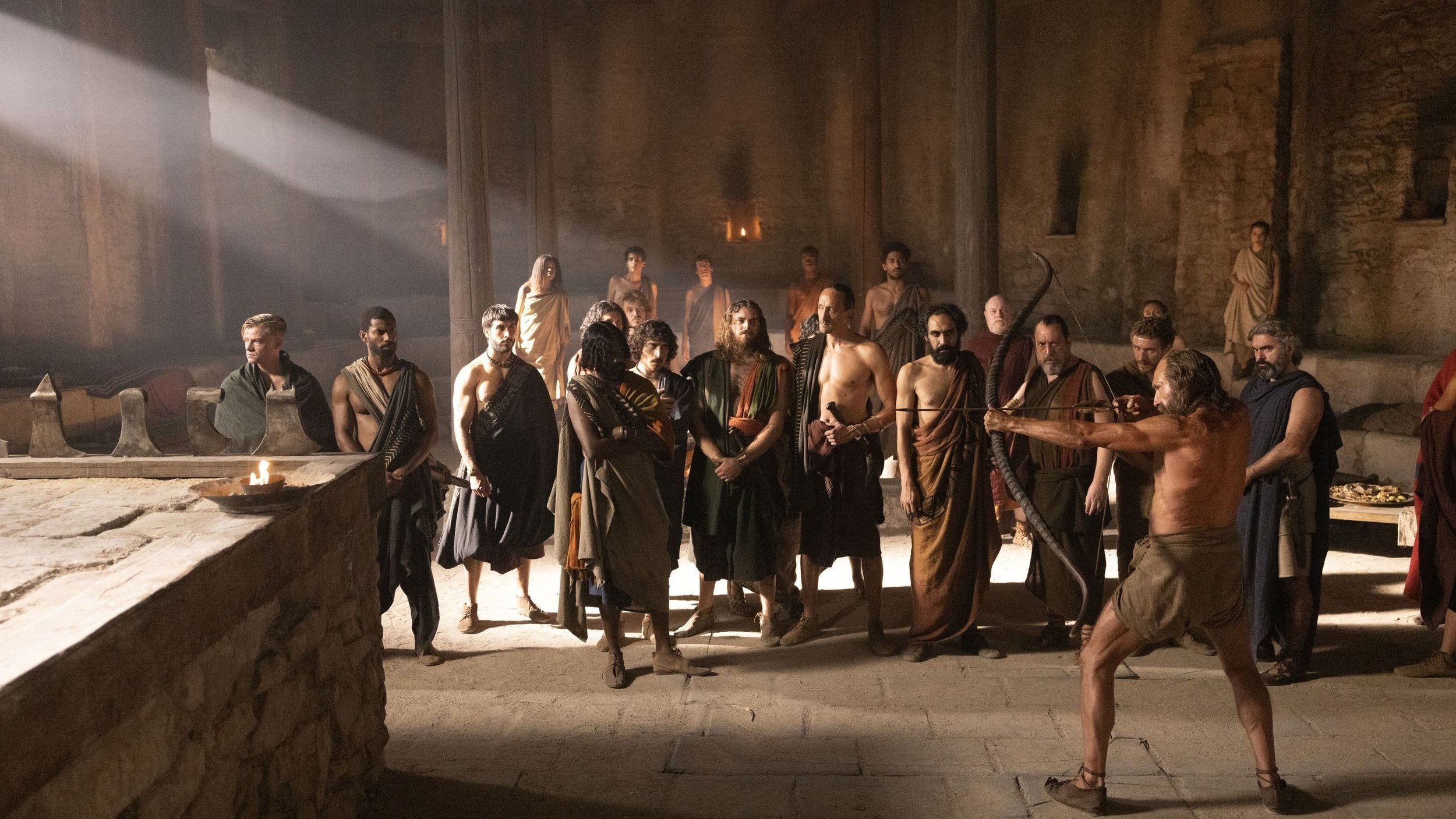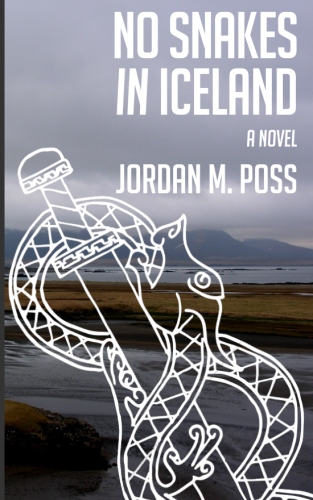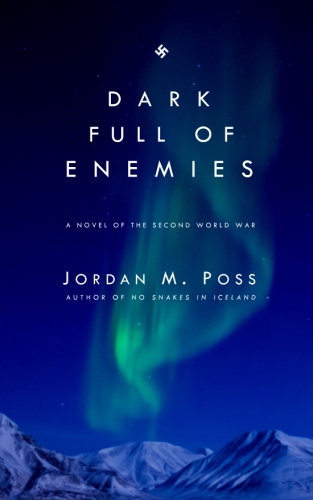John Buchan’s Julius Caesar
/For last year’s John Buchan June I dipped for the first time into Buchan’s enormous body of non-fiction with his short critical introduction Sir Walter Scott: His Life and Work. This year I’ve read another of his late-career works of history, this time the 1932 biography Julius Caesar.
For those who know Buchan as a writer of adventure novels and do not know about his education in the classics or his extensive work in history and current events, having edited the publisher Thomas Nelson’s multivolume history of the First World War while the war was in progress and eventually writing long biographies of Scott, Montrose, Cromwell, and Augustus, a life of Caesar might seem an oddity. But Caesar as a subject combines all of Buchan’s greatest strengths as a writer—the classicist’s mastery of Greek and Latin literature, the MP’s insight into political rough-and-tumble, the historian’s big-picture view, the propagandist’s PR sensibilities, the novelist’s yearning for adventure. That Buchan is such a good writer, strong, vivid, concise, and therefore powerful, helps as well.
Buchan begins Julius Caesar with a brief portrait of the Roman Republic in Caesar’s youth, flush with success and grown beyond its founders’ wildest dreams. The accidental empire carved out by the Romans over generations strained its political system, which was created to govern a single city of sober, principled, self-governing men. By Caesar’s day, Rome had grown culturally decadent and its system corrupt. Elections were about choosing between oligarchs bent on enriching themselves and voting boons to the public, policy was not so much decided in debate and voting but through bribery and influence-peddling, and the law itself had grown so sclerotic that the government resorted more and more often to once-rare emergency measure like dictatorships.
This was an all-too-recognizable Rome of empty formalities covering practical lawlessness and decay. Caesar, a sharp young man, discerned this early.
Buchan gives good attention to the great crisis of Caesar’s young adulthood, the civil war between Marius and Sulla that pitted, at least notionally, a party appealing to the masses against a party with elite support. The former favored expedients (and massive public benefits) and the latter favored tradition and order. Both used strong men to get what they wanted. Thousands were murdered in seesaw purges before Marius died and Sulla, on behalf of the Senate, crushed what was left of his popular movement.
This conflict created the world in which Caesar began his career proper. It also made the careers of the slightly older men who rose to prominence before him, like the plutocrat Crassus but especially Pompey, whose rise was fueled by military glory. Cicero came along shortly afterward, an outsider rising to prominence in law. These and other major figures—Clodius the demagogue, Cato the Younger, Milo, Catiline, and, later, Brutus and Cassius—receive good attention despite the brevity of Buchan’s narrative.
Buchan charts Caesar’s rise to prominence through the complicated, corrupted, testy arena of Roman politics elegantly, including his two consulships and what it took to achieve them. Buchan looks especially closely at the roles of political allies, debt, and the mob in making careers and suggests the jockeying and jostling of interests and personalities vividly without bogging down in detail. Likewise his chapter on Caesar’s decade in Gaul, the years that made him a legend to the masses and an enemy to partisans of the Senate, succinctly covers his major campaigns with perhaps the most attention being given to his war against the uprising led by Vercingetorix.
Throughout, Buchan narrates skillfully, with incisive and nuanced explanations of the major problems facing the Republic. His narrative nicely balances broad trends and the long view with the repeated shocks of specific crises. When Herbert Butterfield wrote that the quintessential task of the historian is to find “a general statement that shall in itself give the hint of its own underlying complexity,” he could have been describing Buchan’s work in Julius Caesar. Though covering one of the busiest and most tumultuous lifetimes in history in a little over one hundred pages, it never feels incomplete or foreshortened.
Crucially for a short biography like this, Buchan also excels at the concise character study. His portraits of Cicero, Pompey, and Clodius are especially sharp and fairly presented. But the book belongs to Caesar, and Buchan evokes both the fundamental personality of his subject—the charm, ambition, pragmatism, and keen intelligence—as well as the way Caesar learned and grew over the course of his career, first developing canny political instincts before becoming alert to possibilities he could never have imagined as a vulnerable, inexperienced young man in the wake of Marius and Sulla’s purges.
It’s in the final chapters covering Caesar’s war against the Senate, his dictatorship, and his assassination, that Buchan ventures his most controversial interpretations. The Republic, Buchan suggests, had it coming. Look at the adjectives I’ve used above: corrupt, decadent, testy, sclerotic, empty. In a community riven by personality-driven faction, mob violence, and corrupt elites, polarized, deadlocked, and myopically focused on the squabbles of its political class, Caesar’s tyranny, Buchan suggests, was a grand act of simplification if not purification. The Republic was no longer worth preserving, and Caesar represented the best possible form of destruction.
Further, Buchan argues in the penultimate chapter, Caesar was prepared as dictator to usher in a new kind of Rome, broadened and strengthened by its subject peoples, who would be Romanized just as they contributed their earnestness and vigor to the decaying original. Not only a skilled politician and military genius, Caesar was a visionary ready to unite the world.
I disagree with this interpretation. Though Buchan pointedly highlights Caesar’s self-serving pragmatism early in the book, he is too charitable in his reading of Caesar’s later actions, especially in arguing that Caesar was right to defy and wage war against the Senate and that Caesar’s mercy toward his enemies was motivated by a deep-seated kindness. Cato, whom Buchan deplores as a simple-minded contrarian, was right to see Caesar’s public forgiveness as a political stunt. And interpreting Caesar as a simplifier sweeping away hopelessly corrupt systems accepts rather too readily the premises of every would-be tyrant since.
The bigger picture of Caesar’s conquests being a tool of broadening and uplift, sharing Rome’s resources and taking in the best that the Empire has to offer, strikes me as a very British (and therefore Christian, modern, and technological) vision that does not reckon with the realities of Roman statecraft, war, and governance. Here I think Buchan’s justifiable admiration of Caesar the political maneuverer and Caesar the general misleads him. Idealism and cynicism can and often do coexist in great personalities—Buchan chooses to believe Caesar was mostly an idealist, and that his ends justified his means.
Reflecting on the future fate of Rome near the end of the book, Buchan includes a Latin tag: de nostro tempore fabula narratur, “About our time the story is told.” True to history, Julius Caesar is also explicitly meant to draw parallels with Buchan’s present. It also works with our own. As I noted above, the contemptible parody of the old Republic, recognizable in the Britain and Europe of 1932, is just as recognizable in 2025. Are we, then, to hope for a Caesar? The old Roman in me, the opponent of the populares and the fan of Cicero, the last of the true believers, shouts No. It was Buchan’s way to be hopeful, but it is far too dangerous to hope for the kind of Caesar he describes here.
While I disagree with much in Buchan’s final estimation of Caesar that does not detract from the enjoyability or value of Julius Caesar. This is a brisk, elegantly crafted short biography based on a command of the original sources and extensive late 19th and early 20th century historical research. Buchan offers us an excellent short character sketch of a great man and the times that made him—before he remade them, and us.




















